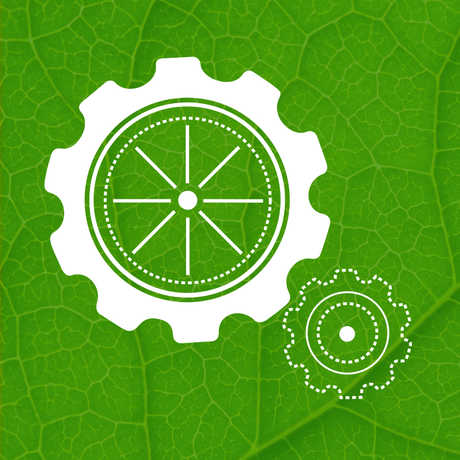
Participants in this activity will
- compare and contrast the Science and Engineering Practices (SEPs).
- discover how science and engineering are similar and different.
- analyze some of the NGSS language defining the SEPs.
The prominent inclusion of engineering concepts throughout the NGSS presents a new challenge for many science educators. Comparing the Science and Engineering Practices explores how the practices are used in in these two fields. Participants will work in groups to compare and contrast the practices in a science versus engineering context. Each group will create a poster and share key points in a brief presentation. Participants leave this activity feeling more comfortable with the idea of bringing aspects of engineering into their science teaching.
Watch the video above to get an overview, and use the detailed lesson plan below to lead this professional development activity for your team of educators.
Participants in this activity will
The prominent inclusion of engineering concepts throughout the NGSS is a challenging part of the new standards for many educators. This activity further explores the Science and Engineering Practices (SEPs) as they are used in both science and engineering, using as a tool Box 3.2 from A Framework for K-12 Science Education (50-53).
The tools and techniques of science and engineering overlap in many ways, but there are some fundamental differences in how engineers use them versus how scientists do. One main distinction is purpose. In general, the goal of engineering is to solve problems, while the goal of science is to explain natural phenomena. The two practices that highlight this contrast are “Asking Questions (science) and Defining Problems (engineering)” and “Constructing Explanations (science) and Designing Solutions (engineering).” Other practices are used similarly by scientists and engineers, simply with a different purpose in mind.
In this activity, participants will work in groups to compare and contrast the practices in a science versus engineering context. Each group will create a poster and share key differences and/or similarities with an “elevator speech” style presentation. An “elevator speech” sums up an idea very quickly—in about 60 seconds—the logic being that you could share a full idea with someone you happen to meet on a short elevator ride. Requiring a short-and-sweet presentation keeps this activity rolling and the energy level high!
Part 1: Science and Engineering Practices Comparisons (25 minutes)
Part 2: Poster Presentations (20 minutes)
Part 3: Group Discussion (5 minutes)
Make sure participants leave activity with these key messages:
In this version, poster-making and elevator speeches are in two different sessions. Some adjustments are suggested here.
If you need to shorten this activity to fit the time you have available, we recommend spending less time on Part 1 by removing the poster component, and adding a table where the facilitator can take public notes to focus on key points during the discussion.
Part 1: Comparing and Preparing (10 minutes)
Part 2: Elevator Speeches (20 minutes)
Part 3: Group Discussion (5 minutes)

This training toolkit will prepare you to lead PD for other educators.
Browse all of the videos at once.